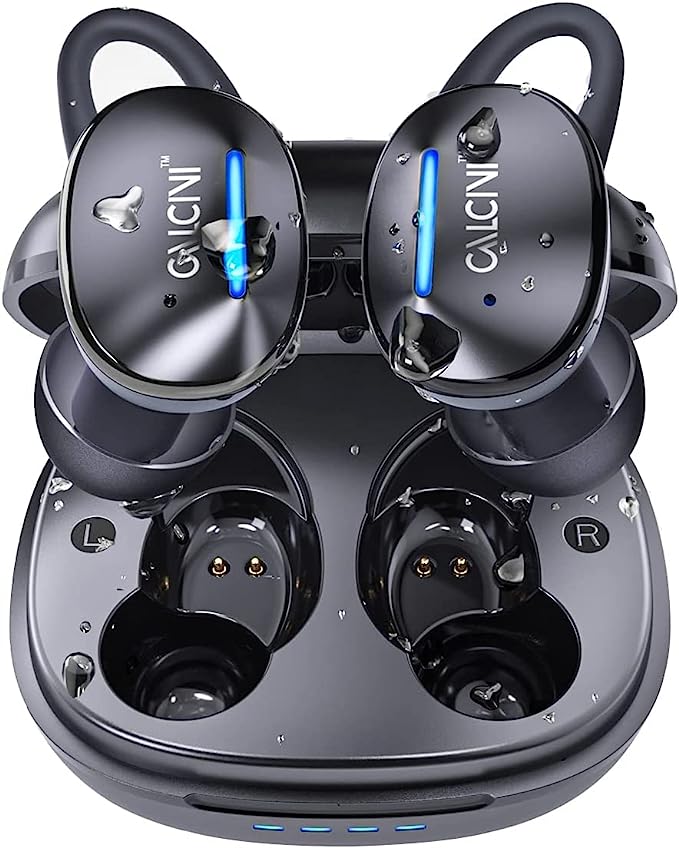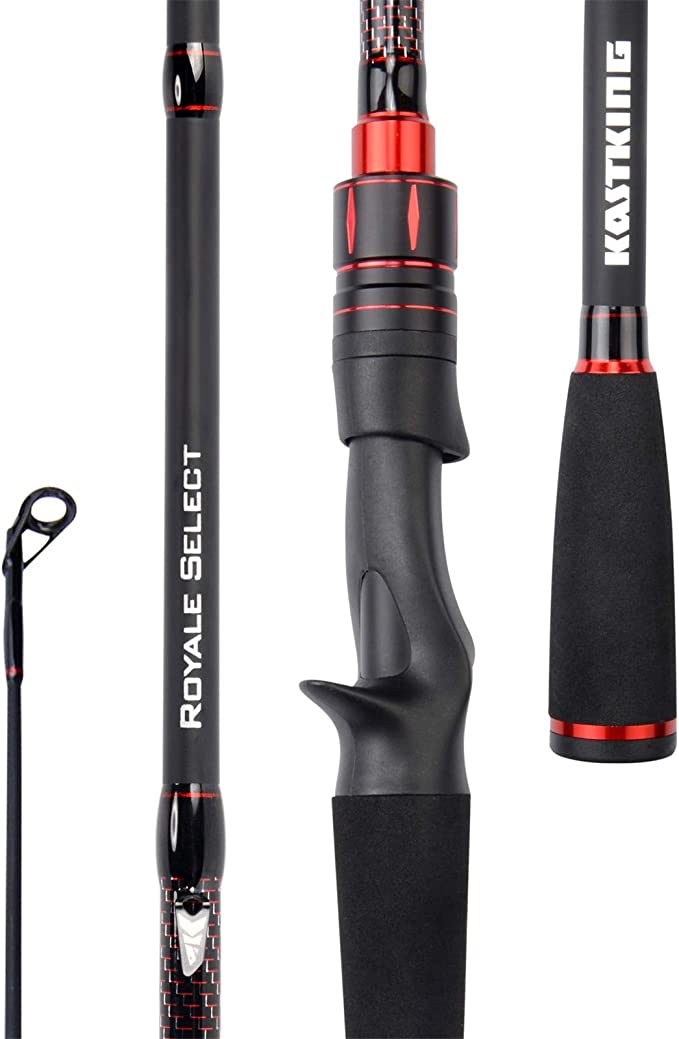Unleash Your Inner Pizzaiolo with the aidpiza SP120: The Portable Pizza Oven Revolutionizing Outdoor Cooking
Update on June 12, 2025, 6:48 p.m.
There’s an undeniable magic to wood-fired pizza. It’s in the alluring dance of the flames, the subtle kiss of smoke on the dough, and that perfectly blistered, leopard-spotted crust. For many, this culinary ideal seems confined to specialty pizzerias. But what if you could not only recreate this in your own backyard but also understand the fascinating science that makes it all happen? The aidpiza SP120 Pizza Oven, a portable, wood pellet-fueled contender, offers exactly this opportunity. Moving beyond just following instructions, let’s delve into the interplay of combustion, heat transfer, and material science that can transform your outdoor cooking from guesswork to gastronomic glory.

The Fiery Heart: Decoding the Dance of Wood Pellets
The soul of the aidpiza SP120’s performance lies in its fuel: hardwood pellets. These aren’t just convenient; their compressed nature and the use of hardwood (as specified by the manufacturer for achieving that “special flavor of smoky wood”) are scientifically significant. Hardwoods generally burn longer and cleaner than softwoods, and their chemical composition, when combusted, releases a complex array of aromatic compounds that contribute to that sought-after flavor profile.
But how does a pile of pellets transform into a pizza-searing inferno? It all comes down to the combustion triangle: fuel (your pellets), oxygen (drawn from the air), and an initial heat source to kick things off. Inside the SP120’s fuel tray, once ignited, the pellets undergo pyrolysis – a thermal decomposition releasing flammable gases. If sufficient oxygen is present, these gases ignite, creating the visible flames. Many users, like Wendy E. Jackson who reported a “soot issue,” have encountered the practical outcome of incomplete combustion. That thick, black smoke and soot are tell-tale signs that the fire isn’t getting enough oxygen for the amount of fuel, or that the temperature isn’t high enough for full combustion. The goal is a cleaner burn, often characterized by a wispier, almost blue smoke, which indicates more complete combustion and better flavor infusion, rather than a bitter, sooty coating. The common user lament, “Why won’t it stay lit?” or “The fire easily dies out,” often points directly to an imbalance in this delicate fuel-to-oxygen ratio, perhaps due to how pellets are loaded or how air flows into the burn chamber.

Engineering the Inferno: How Heat Works in the SP120
Crafted from Stainless Steel, the aidpiza SP120’s body is designed to withstand the harsh thermal environment. Stainless steel offers good durability and corrosion resistance, essential for an outdoor appliance. However, it’s also subject to the laws of physics, particularly thermal expansion. As users like Jason C. and RSPRINGS have noted (“front and rear door warping slightly,” “hopper expands and gets stuck”), the intense heat causes the metal to expand. If this expansion isn’t perfectly uniform or if components are constrained, slight, permanent warping can occur over many heating and cooling cycles. This isn’t necessarily a defect, but a real-world demonstration of material science under extreme conditions.
Once the fire is roaring, heat transfer takes over. The SP120 primarily uses radiant heat, as the manufacturer states. Think of this as invisible waves of energy, much like the warmth you feel from the sun, traveling directly from the flames and the superheated interior surfaces of the oven to cook your pizza. But that’s not the whole story. The 12” Pizza Stone is a critical player, acting like a thermal battery. It absorbs immense heat and then transfers it directly to the pizza base via conduction. This direct contact is what creates that desirable crispy, evenly cooked underside. Finally, convection currents – the movement of hot air within the oven chamber – also contribute by swirling heat around the pizza, helping to cook the toppings and the top of the crust.
The oven’s “breath” – its airflow – is managed by design elements like the chimney and the ventilation for the pellet basket. The chimney helps create a draft, pulling fresh oxygen into the firebox and expelling smoke and combustion byproducts. User RSPRINGS astutely pointed out that the pellet basket’s ventilation (described as “several small slits UNDER the basket”) is crucial. If these are blocked or insufficient, oxygen starvation can choke the fire, leading to the temperature maintenance issues some users describe.

The Temperature Tango: Chasing That Perfect Char
Why the obsession with high heat, like the 662°F (350°C) mentioned as a starting point on the built-in thermometer? For pizza, high temperatures (ideally even higher, with stone temperatures reaching 750-900°F or 400-485°C) are key. This intense heat cooks the pizza rapidly, causing the crust to puff up dramatically (oven spring) and develop those coveted charred spots (leopard-spotting) before the toppings overcook or the dough dries out.
The built-in thermometer gives you a good indication of the ambient air temperature inside the oven. However, the temperature of the pizza stone itself is often the more critical metric, and it can lag behind or differ from the air temperature. This is why many experienced outdoor pizza makers use a handheld infrared thermometer to get an accurate reading directly from the stone’s surface. Achieving and, more trickily, maintaining these temperatures is an art informed by science. As user Benthereboughtthat wisely shared, adding small amounts of pellets frequently can be more effective than overloading the hopper, which risks smothering the fire or causing temperature spikes followed by crashes. And every time you open that door to peek or turn your pizza, precious heat escapes, a direct application of thermodynamic principles – the oven then has to work to recover.
From Frustration to Finesse: The Science of the Learning Curve
The oft-mentioned “user learning curve” with ovens like the aidpiza SP120 isn’t a sign of a flawed product as much as it’s an invitation to become a practical scientist. Each cooking session is an experiment. “Inconsistent results,” as Wendy E. Jackson experienced, are data points. Are the edges burning while the center is undercooked? This could be an issue of uneven heat on the stone or needing to rotate the pizza more frequently due to a hotspot. Is there excessive soot? Revisit your pellet-loading and airflow. The beauty is that once you start to understand the underlying principles of combustion and heat transfer, you can begin to troubleshoot and adapt.
A fantastic example of this user-driven science comes from Vick, who found that switching from pellets to “5” oak wood logs” improved flame control and reduced burning. This makes scientific sense: logs have a different surface-area-to-volume ratio than pellets, altering burn rate and how oxygen interacts with the fuel. They might produce a taller, more “rolling” flame that distributes heat differently across the oven’s ceiling, as Vick observed, rather than the more concentrated, intense burn of a dense pellet bed. This kind of experimentation is citizen science at its most delicious!
Beyond Pizza: The Versatile Science of High-Heat Cooking
The thermal environment created within the aidpiza SP120 isn’t just for pizza. The high, radiant heat is perfect for achieving a fantastic sear on steaks (thank you, Maillard reaction!), charring vegetables to bring out their sweetness, or quickly cooking chicken wings. The portability, enabled by its folding leg design and a manageable weight of 28.4 pounds, is a testament to thoughtful structural engineering, allowing you to take this high-heat science on the road.

Conclusion: Your Backyard, Your Lab, Your Perfect Pizza
The aidpiza SP120 Pizza Oven, like any good tool, offers potential. By understanding the science of how it breathes fire, how it manages heat, and how its materials react to extreme temperatures, you move from being a passive user to an active, informed cook. The initial challenges some encounter are simply invitations to observe, hypothesize, and adjust – to engage with the delightful physics and chemistry unfolding in your backyard. Embrace the experimentation, listen to what the flames and your food are telling you, and let a little bit of science guide your hands. The reward isn’t just a perfectly cooked pizza; it’s the satisfaction of having tamed the fire and created something wonderful, ready to be shared.







































